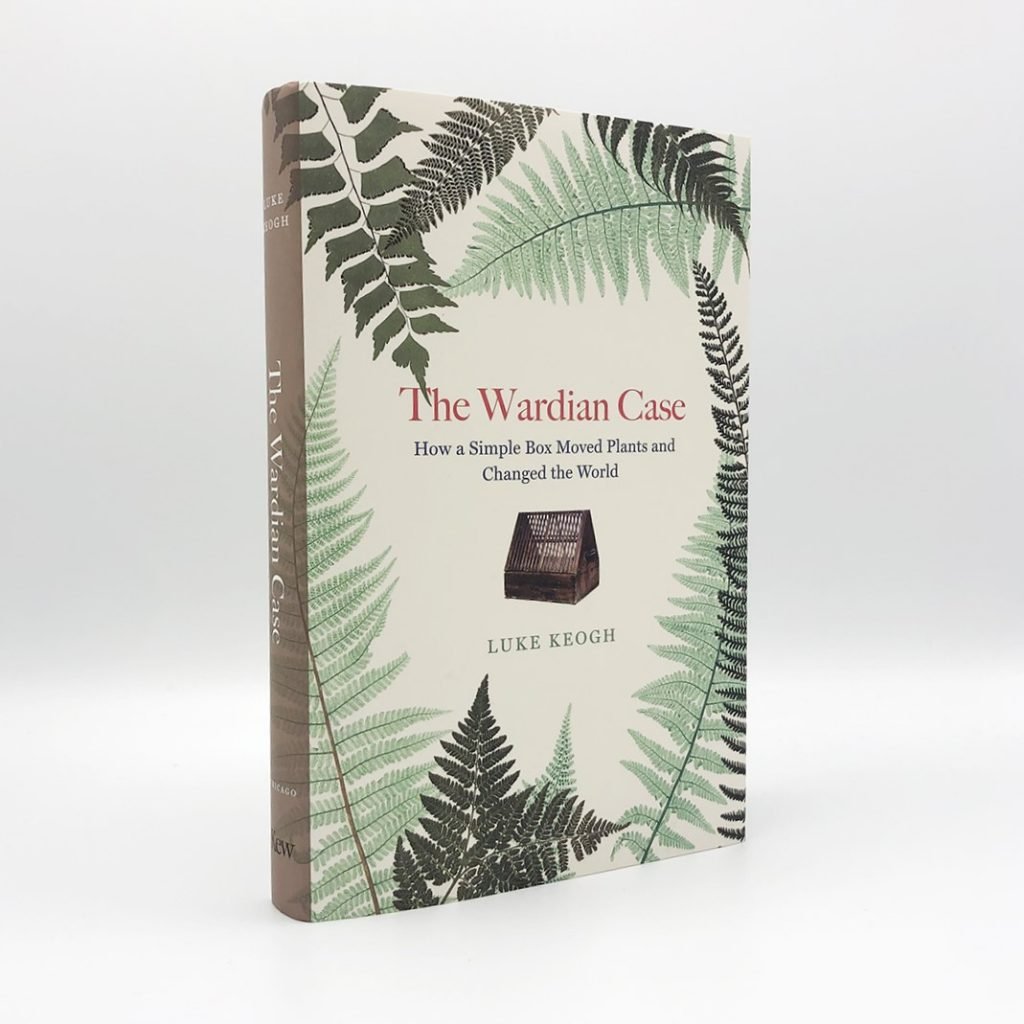Previous Redmond Barry Fellow Luke Keogh’s book The Wardian case: how a simple box moved plants and changed the world was recently awarded the NSW Premier’s General History Prize 2021. To celebrate, we’re sharing an edited extract of the book, published by University of Chicago Press and Kew Publishing.
Read our recent interview with Luke.
Experiments with Plants at Home
The Wardian case was a simple wood and glass box that transformed the movement of live plants around the globe. Luke Keogh details the invention of the Wardian case by Nathaniel Bagshaw Ward in his London home and the case’s first journey to Sydney.
In the summer of 1829 Nathaniel Bagshaw Ward prepared a wide-mouthed bottle for an experiment. Inside he placed soil, the pupae of a sphinx moth, and dry leaves, and then he fastened the lid of the bottle. It was one of his many curious experiments with the natural world. Inside the bottle, condensation formed on the glass and slid down the edges to the soil. He waited, watching every day, and finally the moth hatched. But upon observing the insect he saw two specks of green on the surface of the soil. After removing the moth, he resealed the bottle and placed it on the north facing window outside his study. The plants were a fern (Dryopteris filix-mas) and meadow grass (Poa annua). They lived untouched in the bottle for three years.

A medical doctor by training, Nathaniel Bagshaw Ward inherited his father’s practice at Whitechapel. From the surgery, it was a quarter mile’s walk to his house at 7 Wellclose Square. The square was located up the road from the London docks, which in 1829 were the heart of British manufacturing, throbbing with life. Factories packed the vicinity around the docks; they operated constantly and belched their smoke into the air. Ward’s house, like many others in the city reeling in the wake of the effects of the Industrial Revolution, was surrounded by smoke. As a doctor and scientist he could see the impact of the pollution on his patients.
Ward’s greatest passion was natural history. He spent his time away from the surgery collecting specimens and working his small garden. Before the bottle experiment, he built a rock wall at the back of the garden. In the woods surrounding London he collected ferns, mosses, primroses, and wood sorrels and then transplanted them onto the rock wall in the garden. At the top he placed a perforated pipe that let water trickle down the wall. Despite many attempts to keep his plants alive, they perished. And then he remembered his bottle experiment. One of the very ferns he had failed to grow on the wall had sprung to life inside the enclosed bottle. He thought about this fern and asked himself, “What were the conditions necessary for its growth?”[i]

The bottle created a micro-environment that Ward thought was free of soot, allowed light to enter, maintained a warm temperature, and was kept moist by means of the consistent cycling of condensation on the glass. Inside the bottle, the hardy fern produced four fronds annually, and the meadow grass, although seeds failed to form on it, flowered in the second year. The experiment only finished after the lid rusted, and rainwater entered, and both plants rotted. Undaunted, Ward replanted the bottle with a species of filmy fern (Hymenophyllum), which survived in the bottle for nine years. Following the success of the first experiment, Ward grew more than sixty different varieties of plants under glass in various bottles and cases.[ii]
The house at Wellclose Square was a botanical wonderland. It was a product of his success with glass cases—plants abounded inside and outside the house. After visiting Wellclose Square, John Claudius Loudon, the leading botanical journalist of the day, described it as “the most extraordinary city garden we have ever beheld.” Surrounding the house were thousands of plants in any space where they could fit. There were plants on top of all walls around the house, on top of the walls on the offices behind the house, covering the wall in the yard, along the cable ends, and on top of the lean-tos. Some plants were suited to the London environment, like the two figs that occupied the yard, or the sycamore that overshadowed them; but many were not, and these were placed under glass. Glass cases made to fit the house’s many windowsills were installed next to all the windows on both the inside and outside. When Loudon visited Ward, he saw a glass case in the drawing room containing a magnificent blooming specimen of the South African giant honey flower (Melianthus major).[iii]
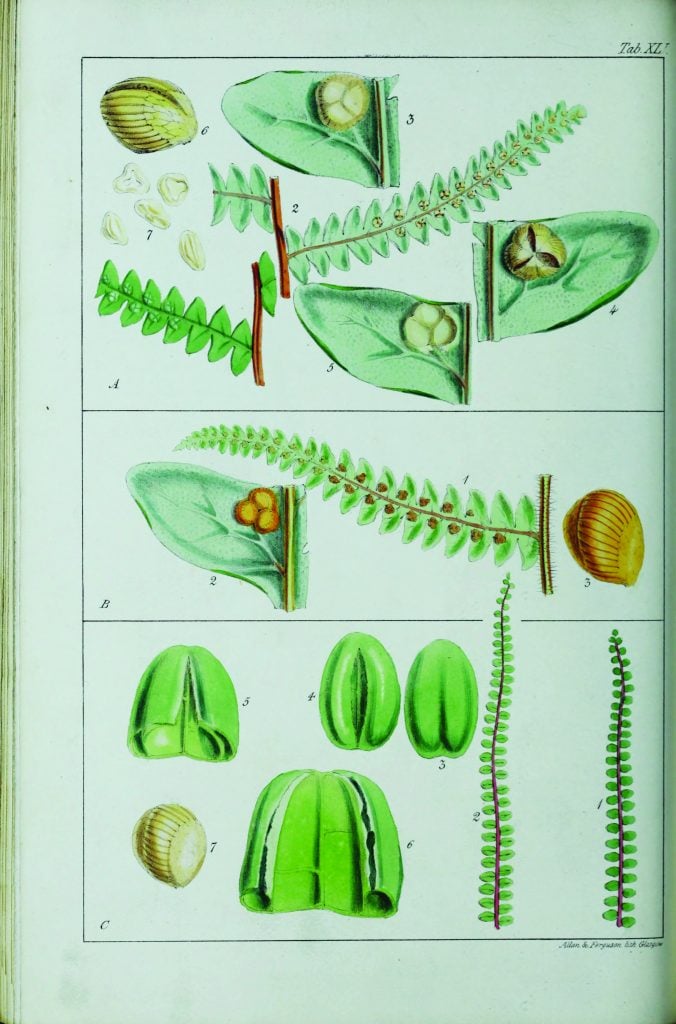
The importance of what Ward achieved in his garden in polluted Wellclose Square cannot be overstated. Although the Wardian case was based on a simple idea, its effect was revolutionary. There were certainly some before him who had used glass cases effectively. But it was Ward’s determination as an experimenter that compelled him to pursue and promote his ideas in a scientific and gardening society that was ready to listen. As Ward himself later reflected, “The simple circumstances which set me to work must have been presented to the eyes of horticulturalists thousands of times, but had passed unheeded in consequence of their disused closed frames being filled with weeds, instead of cucumbers and melons; and I am quite ready to confess, that if some groundsel or chickweed had sprung up in my bottle instead of the fern, it would have made no impression upon me.”[iv] Fortunately a small fern sparked his curiosity, and four years of experimentation brought evidence that Ward could report to the public. In 1833 the experiments were certainly not over. In fact, the biggest one was yet to come.
There were great challenges in bringing plants from distant continents. In the early 1830s the longest known sea voyage possible from London was to Sydney, in the distant British colony of New South Wales—a journey that took about six months, crossed from the Northern to the Southern Hemisphere, and passed through many different climates. In June 1833, Ward and Loddiges packed two cases with a collection of ferns, mosses, and grasses and delivered them to their friend the sea captain Charles Mallard, at the St. Katharine Docks at the Port of London, who was preparing to leave for Sydney.[v]
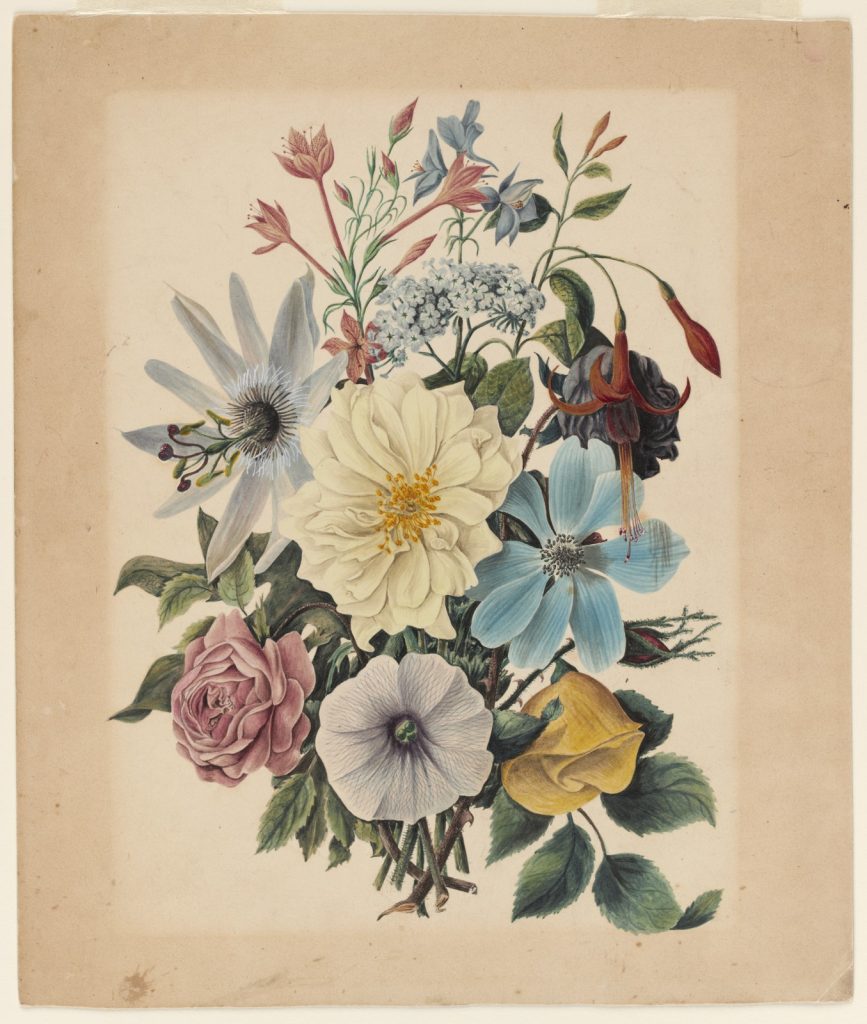
On 8 July 1833 the barque Persian, commanded by Mallard, set off down the Thames for the British colonies in Australia. The Persian was loaded with 394 tons of cargo and fifty-seven passengers, of whom forty-four were in steerage. Taking pride of place on the spacious poop with the helmsman were the two glazed cases. The poop deck was positioned high on the rear of the ship and afforded the helmsman and captain an elevated position from which to navigate and view the sails. For a glass case full of plants, it was also the location on the ship that received the most light and was most protected from salt spray. Mallard sailed south and round the Cape of Good Hope on his way to Hobart and then Sydney.[vi]
The Persian arrived in Sydney on 2 January 1834. Fifty-two passengers disembarked, most of them having taken the cheapest fare possible in steerage. Then the ship was unloaded. Among the goods were 200 boxes of soap, 62 casks of salt, 48 cases of felt, 18 barrels of varnish, 7 cases of hats, 440 bars of iron, 5 bundles of steel, 218 tierces (equivalent to the size of an oil barrel) of beer, 5 casks of wine, 4 cases of screws, 2 pianos, 16 boxes of tea, and 365 pieces of machinery. And, of course, two glazed boxes of plants from London that had been opened only once in seven months. When they arrived at the botanic gardens they were “alive and flourishing.” [vii]
From Sydney, Mallard wrote to Ward detailing the successful transfer of plants to the botanical gardens. He concluded his letter by assuring Ward that “the complete success of your interesting experiment has been decidedly proved.”
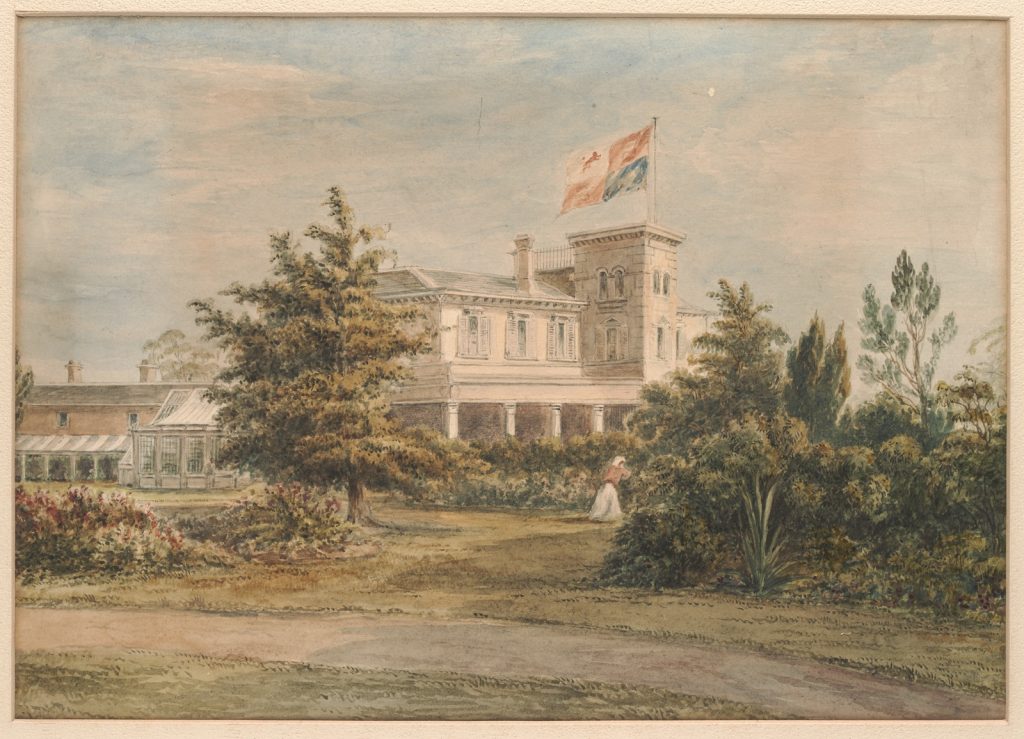
The Wardian case, as it became known, revolutionized the movement of plants around the globe. After the first experiment, thousands of cases were used over the next century to move plants. It was a “simple but beautiful” invention, as one sea captain described it. The first to use the cases on a large scale were the commercial nursery firms, who saw the value of the technology and quickly began to send the cases out. Then the world’s leading botanical institutions, such as the Royal Botanic Gardens, Kew, and London’s Royal Horticultural Society adopted the case to their needs.
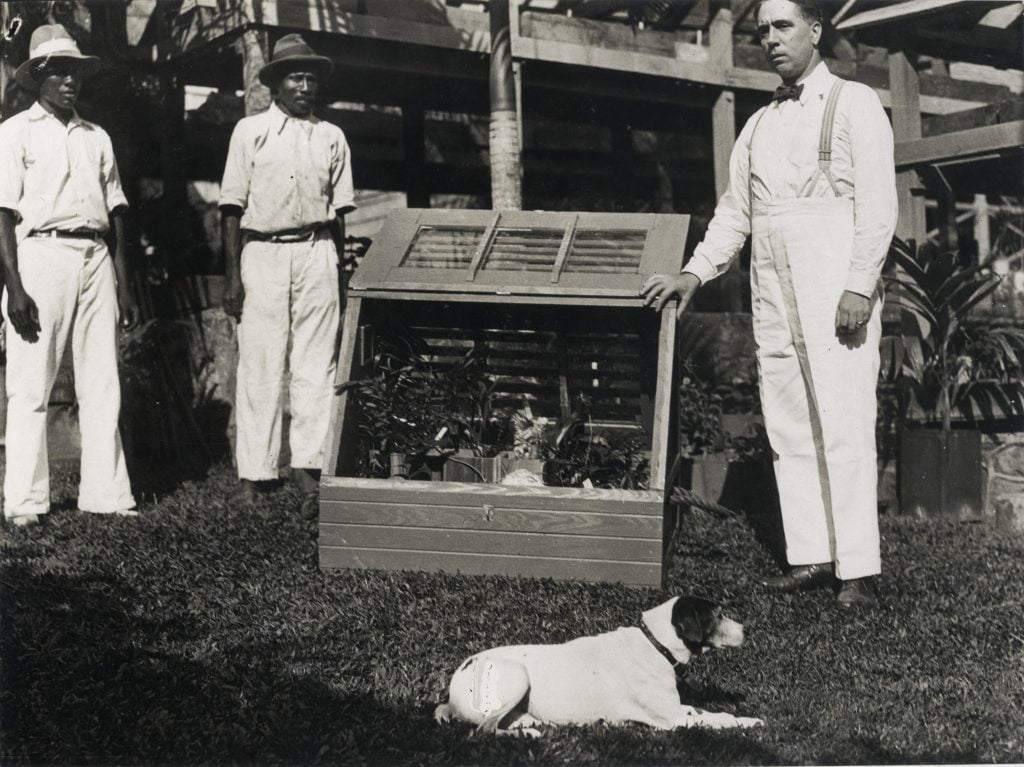
Explorers, missionaries, plant hunters, and government officials used the Wardian case, as did all nations with an interest in plants. Over the next half century important agricultural plants such as bananas, cocoa, rubber, tea, and many more were successfully moved in cases and went on to have major commercial impacts. The effects of these impacts were significant and widespread.
To read more, buy a copy of The Wardian case: how a simple box moved plants and changed the world.
[i] Nathaniel Bagshaw Ward, On the Growth of Plants in Closely Glazed Cases (London: John Van Voorst, 1842), 26. On Ward living at 7 Wellclose Square, see Gerald Turner, God Bless the Microscope! A History of the Royal Microscopical Society over 150 Years (London: Royal Microscopical Society, 1989).
[ii] Nathaniel Bagshaw Ward, “Letter Addressed to R. H. Solly, Respecting His Method of Conveying Ferns and Mosses from Foreign Countries, and of Growing Them with Success in the Air of London,” dated 9 December 1833, Transactions of the Society for the Encouragement of Arts, Manufactures, and Commerce 50 (1833): 226.
[iii] Description of Ward’s house and quote from J. C. Loudon, “Growing Ferns and Other Plants in Glass Cases,” Gardeners’ Magazine, April 1834, 162–63.
[iv] Ward, On the Growth of Plants (1842), 42.
[v] John Livingstone, “Observations on the Difficulties Which Have Existed in the Transportation of Plants from China to England, and Suggestions for Obviating Them,” Transactions of the Horticultural Society of London 3 (1822): 421–29.
[vi] For details on the Persian, see “Advertisement,” Public Ledger and Daily Advertiser, 29 March 1833, 1; “Trade and Shipping,” Hobart Town Courier 15 November 1833, 2; “Shipping Intelligence,” Sydney Herald, 2 January 1834, 2; and “Shipping News,” The Australian, 3 January 1834, 2.
[vii] The goods carried on the Persian are listed in “Imports,” Sydney Herald, 6 January 1834, 2; Charles Mallard to Ward, 18 January 1834, DC, vol. 8, 151, RBGK.

